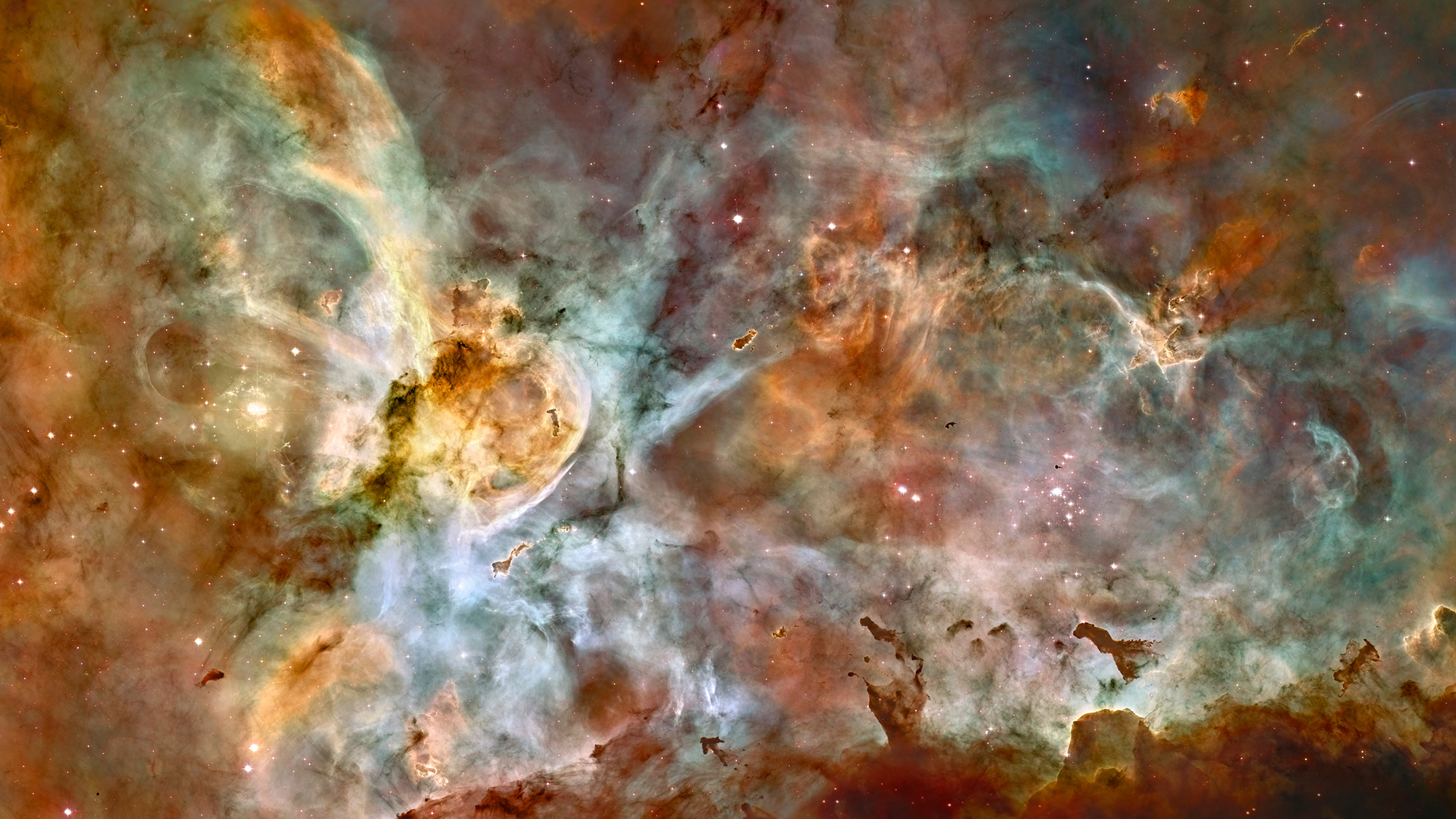NASA is releasing the first images from its James Webb Space Telescope on Tuesday which will include a new look at four cosmic targets: the Carina Nebula, WASP-96b, the Southern Ring Nebula and Stephan’s Quintet. A first image, shared Monday, showcased SMACS 0723.
Located 7,600 light-years away, the Carina Nebula is a stellar nursery, where stars are born. It is one of the largest and brightest nebulae in the sky and home to many stars much more massive than our sun.
Webb’s study of the giant gas planet WASP-96b will be the first full-color spectrum of an exoplanet. The spectrum will include different wavelengths of light that could reveal new information about the planet, such as whether it has an atmosphere. Discovered in 2014, WASP-96b is located 1,150 light-years from Earth. It has half the mass of Jupiter and completes an orbit around its star every 3.4 days.
The Southern Ring Nebula, also called the “Eight-Burst,” is 2,000 light-years away from Earth. This large planetary nebula includes an expanding cloud of gas around a dying star.
The space telescope’s view of Stephan’s Quintet will reveal the way galaxies interact with one another. This compact galaxy group, first discovered in 1787, is located 290 million light-years away in the constellation Pegasus. Four of the five galaxies in the group “are locked in a cosmic dance of repeated close encounters,” according to a NASA statement.
The image released Monday shows SMACS 0723, where a massive group of galaxy clusters act as a magnifying glass for the objects behind them. Called gravitational lensing, this will create Webb’s first deep field view of incredibly old and distant, faint galaxies. It is “the deepest and sharpest infrared image of the distant universe to date,” according to NASA.
The targets were selected by an international committee, including members from NASA, the European Space Agency, the Canadian Space Agency and the Space Telescope Science Institute in Baltimore.
